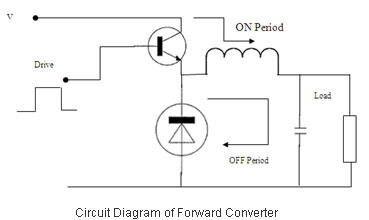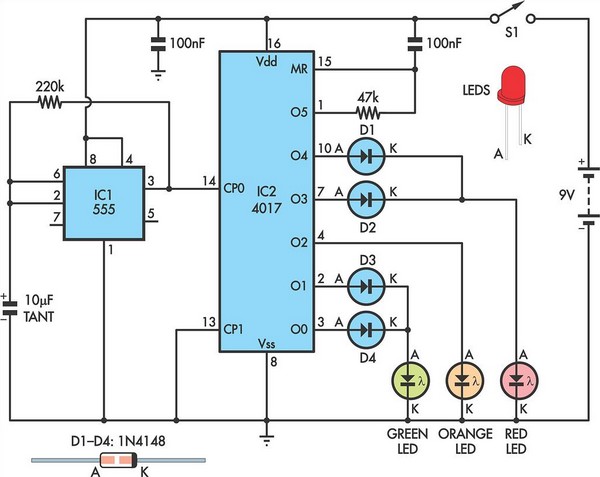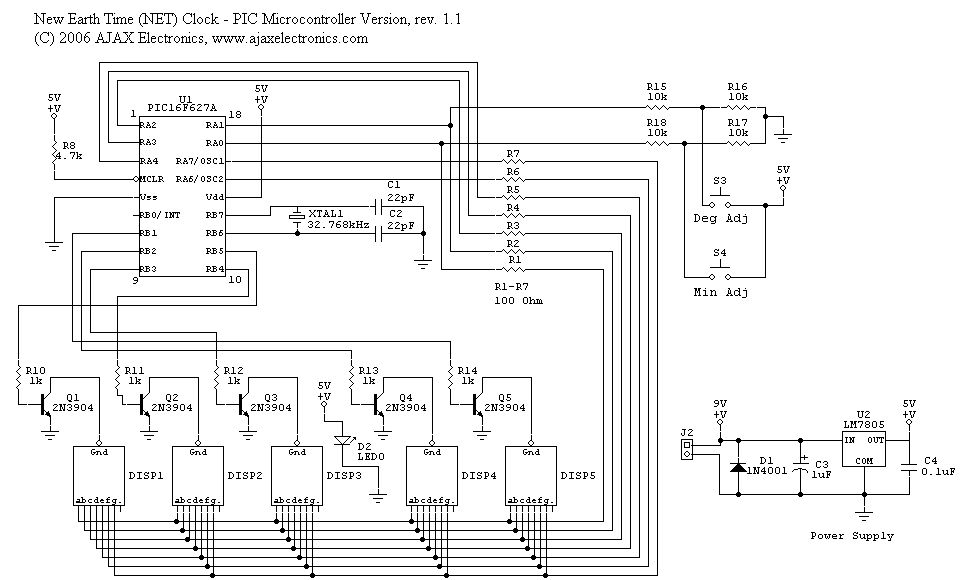
lm3914 in dot mode

This indicates a circuit similar to the LM3914 in dot-mode. It is a drawing created for troubleshooting a gadget approximately two decades ago. Interestingly, it reflects a design previously developed for a 7107 digital panel meter years earlier. Currently, there is an effort to scan all drawings and notes, regardless of their usefulness or accuracy. Many errors have been noted, which could lead to significant blunders in projects, some of which have been costly. It is advisable to approach these designs with a critical eye, making necessary corrections and testing them. The circuit operates on a 9V battery. A 555 timer is used to generate a negative voltage for the operational amplifier. The OP37 from Precision Monolithics, Inc., a pioneer in precision electronics, serves as a low-offset amplifier. This differential amplifier enhances microvolt-level signals from a four-wire resistance measurement. The current pump utilizes a 2N2222 transistor, which is positioned above the OP37 in the schematic. The circuit employs a FET and a 555 timer for synchronous rectification. The LM324 functions as the indicator and analog-to-LED dot-bar converter. Gold-plated probes are employed, or solid gold pins can be used if available in sufficient quantity.
The circuit described is a sophisticated electronic design that integrates multiple components to achieve precise measurements and visual indicators. The use of the LM3914 in dot mode allows for a clear, visual representation of the measurement values, making it user-friendly. The 555 timer, known for its versatility, operates in astable mode to generate a square wave signal, which is essential for the synchronous rectification process. This process is critical as it converts the AC signal from the measurement into a usable DC signal, which can then be amplified by the OP37 operational amplifier.
The OP37 is chosen for its low offset voltage, ensuring accurate amplification of small signals, which is particularly important in applications involving microvolt measurements. The differential amplifier configuration is optimal for minimizing noise and enhancing the signal-to-noise ratio, which is crucial in precision measurement applications.
The 2N2222 transistor acts as a current pump, providing the necessary drive to maintain stable operation of the circuit. Its placement above the OP37 indicates its role in powering the operational amplifier, ensuring that the amplifier receives adequate current for optimal performance.
The LM324 is utilized not only as an indicator but also as an analog-to-LED converter. This dual functionality allows the circuit to display the measured values visually, which is beneficial for quick assessments. The choice of gold-plated probes or solid gold pins enhances conductivity and reduces contact resistance, further improving measurement accuracy.
Overall, this circuit design exemplifies a well-thought-out approach to electronic measurement, combining various components to create a reliable and effective tool for troubleshooting and analysis. The attention to detail in selecting high-quality components reflects a commitment to precision and performance in electronic engineering.This indicates like LM3914 in dot-mode. It is a drawing i made made to troubleshoot a gadget, around two decades ago. Strangely it had a echo of a design i had made into a 7107 dpm years before that. Now i am scanning all my drawing and notes, useful or not. Clean or with errors. Many Errors = 1 Blunder. Some projects i made have been expensive Bl unders. So see them with a skeptic eye, fix them, try them. Thats all for now. This has a 9V battery power. The 555 spins and a negative voltage for Opamp is created. This is a Low Offset amp of OP37 of Precision Monolithics, Inc PMI an early innovator. This diff-amp amplifies the uV of a 4 wire resistance measurement. Now the current pump is the 2N2222 you see above the OP37. The FET and 555 do synchronous rectification. The LM324 is the Indicator and Analog to LED Dot-Bar Converter. The probes are Gold Plated, or use solid gold pins if you have them in plenty. 🔗 External reference
The circuit described is a sophisticated electronic design that integrates multiple components to achieve precise measurements and visual indicators. The use of the LM3914 in dot mode allows for a clear, visual representation of the measurement values, making it user-friendly. The 555 timer, known for its versatility, operates in astable mode to generate a square wave signal, which is essential for the synchronous rectification process. This process is critical as it converts the AC signal from the measurement into a usable DC signal, which can then be amplified by the OP37 operational amplifier.
The OP37 is chosen for its low offset voltage, ensuring accurate amplification of small signals, which is particularly important in applications involving microvolt measurements. The differential amplifier configuration is optimal for minimizing noise and enhancing the signal-to-noise ratio, which is crucial in precision measurement applications.
The 2N2222 transistor acts as a current pump, providing the necessary drive to maintain stable operation of the circuit. Its placement above the OP37 indicates its role in powering the operational amplifier, ensuring that the amplifier receives adequate current for optimal performance.
The LM324 is utilized not only as an indicator but also as an analog-to-LED converter. This dual functionality allows the circuit to display the measured values visually, which is beneficial for quick assessments. The choice of gold-plated probes or solid gold pins enhances conductivity and reduces contact resistance, further improving measurement accuracy.
Overall, this circuit design exemplifies a well-thought-out approach to electronic measurement, combining various components to create a reliable and effective tool for troubleshooting and analysis. The attention to detail in selecting high-quality components reflects a commitment to precision and performance in electronic engineering.This indicates like LM3914 in dot-mode. It is a drawing i made made to troubleshoot a gadget, around two decades ago. Strangely it had a echo of a design i had made into a 7107 dpm years before that. Now i am scanning all my drawing and notes, useful or not. Clean or with errors. Many Errors = 1 Blunder. Some projects i made have been expensive Bl unders. So see them with a skeptic eye, fix them, try them. Thats all for now. This has a 9V battery power. The 555 spins and a negative voltage for Opamp is created. This is a Low Offset amp of OP37 of Precision Monolithics, Inc PMI an early innovator. This diff-amp amplifies the uV of a 4 wire resistance measurement. Now the current pump is the 2N2222 you see above the OP37. The FET and 555 do synchronous rectification. The LM324 is the Indicator and Analog to LED Dot-Bar Converter. The probes are Gold Plated, or use solid gold pins if you have them in plenty. 🔗 External reference





